AARP Hearing Center

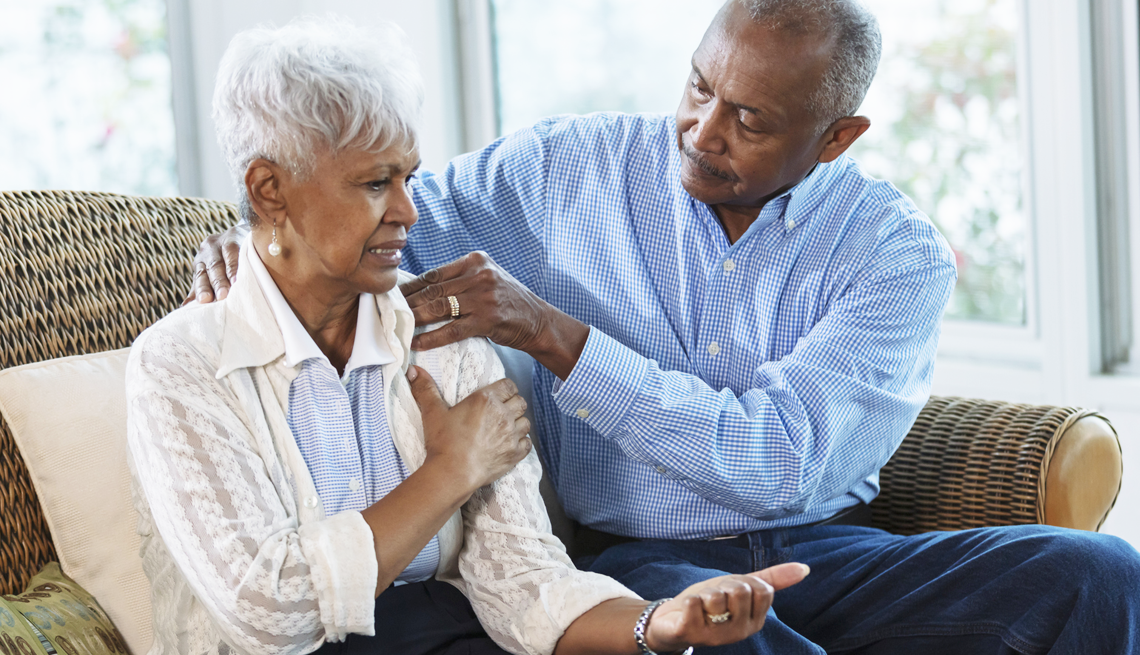
Stiff knees, achy hips and swollen hands? If you’re 50 or older, it could be osteoarthritis — a common wear-and-tear disease that happens when the cushion-like tissue between the bones breaks down over time, leading to joint pain.
“As we age, the one thing we can’t change is the amount of time we’ve had on our joints. So at 55 you have 55-year-old knees,” says Dominic King, a sports medicine physician and director of clinical transformation at Cleveland Clinic’s Orthopaedic & Rheumatologic Institute.
More than 32.5 million U.S. adults have osteoarthritis, and most of them are older adults. While there’s no way to cure or reverse the disorder, there are tried-and-true ways to prevent it or keep it from getting worse.
Here are five ways to take care of your joints after 50.
1. Stay physically active
It may sound counterintuitive to put more stress and strain on the body, but regular exercise is one of the best ways to treat osteoarthritis and preserve joint health.
One reason: Exercise strengthens the muscles around the joints, helping to take pressure off them. It can also improve the flow of nutrients to the cartilage, explains Eric Hume, M.D., associate professor of clinical orthopaedic surgery and director of quality and safety in the department of orthopaedic surgery at Penn Medicine.
There’s no blood supply to the cartilage, so it “doesn’t get nutrition the normal way that all the other tissues in our body get it,” Hume says. Instead, the cartilage is dependent on “repetitive motion” to push knee-joint fluid into the cartilage. This fluid is “filled up with sugar and other biochemicals that the cartilage needs,” Hume adds. “So the low-impact repetition of exercise actually has a protective effect on the knee.”
When it comes to choosing an exercise plan, there’s no one-size-fits-all approach for adults 50 and older. But if you’re already experiencing some joint pain, low-impact activities like biking, swimming and walking are likely going to be more comfortable than, say, running. Range-of-motion exercises such as yoga and tai chi are also helpful. A health care provider can help you pick an activity — or several — that best fits your needs and alleviates your symptoms.
“The takeaway is, ‘Motion is lotion,’ ” King says. “The more you move, the more you’re likely to keep moving. The worst thing you can do with osteoarthritis after 50 is be sedentary.”
Osteoarthritis vs. Rheumatoid Arthritis
The two main types of arthritis have a few key differences. Here’s how to tell them apart.
Osteoarthritis
- Cause: Wear-and-tear damage to the cartilage that causes its breakdown over time
- Symptoms: Pain, stiffness and sometimes swelling in the joint; also, loss of flexibility in the joint
- Another sign: Osteoarthritis tends to show up in a single joint or in a pair (like the knees).
Rheumatoid arthritis
- Cause: The body’s immune system attacks the lining of the joints, causing swelling and inflammation.
- Symptoms: Tender, warm, swollen joints; also, joint stiffness that lasts a long time
- Another sign: Rheumatoid arthritis shows up in multiple joints over time.































































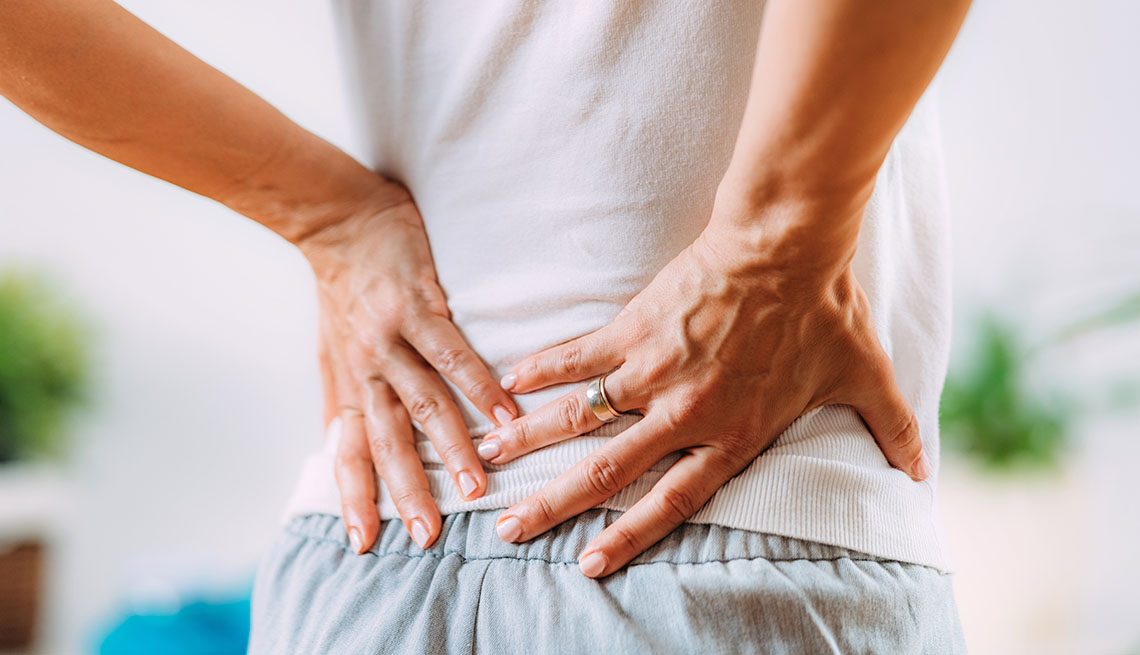
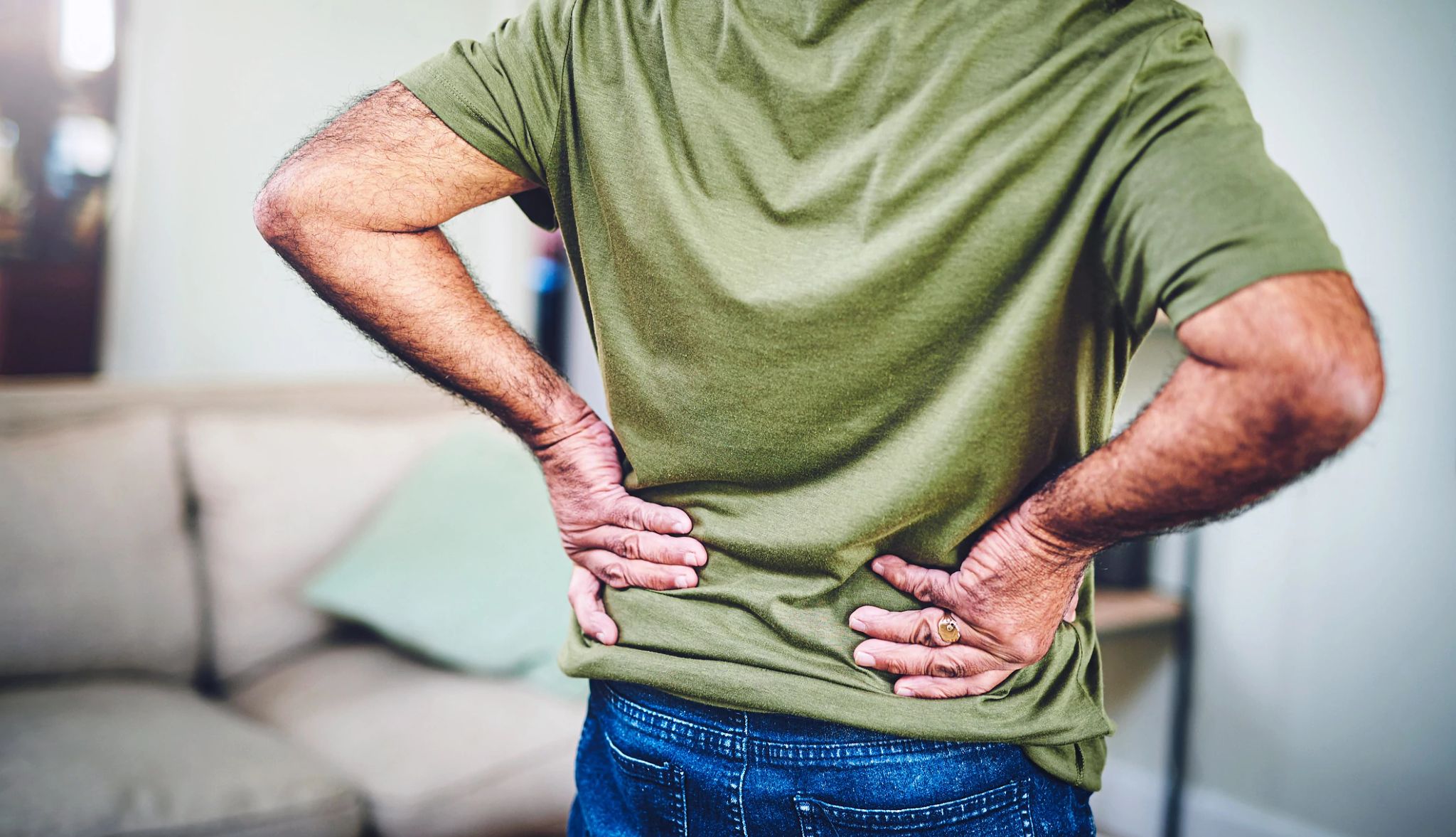


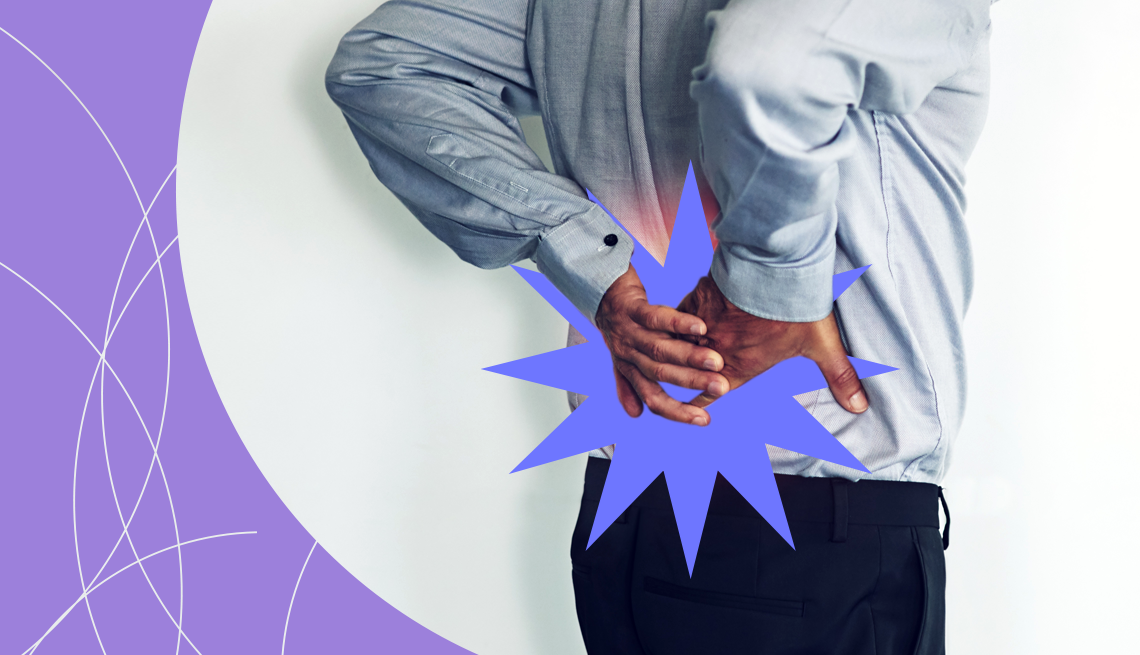
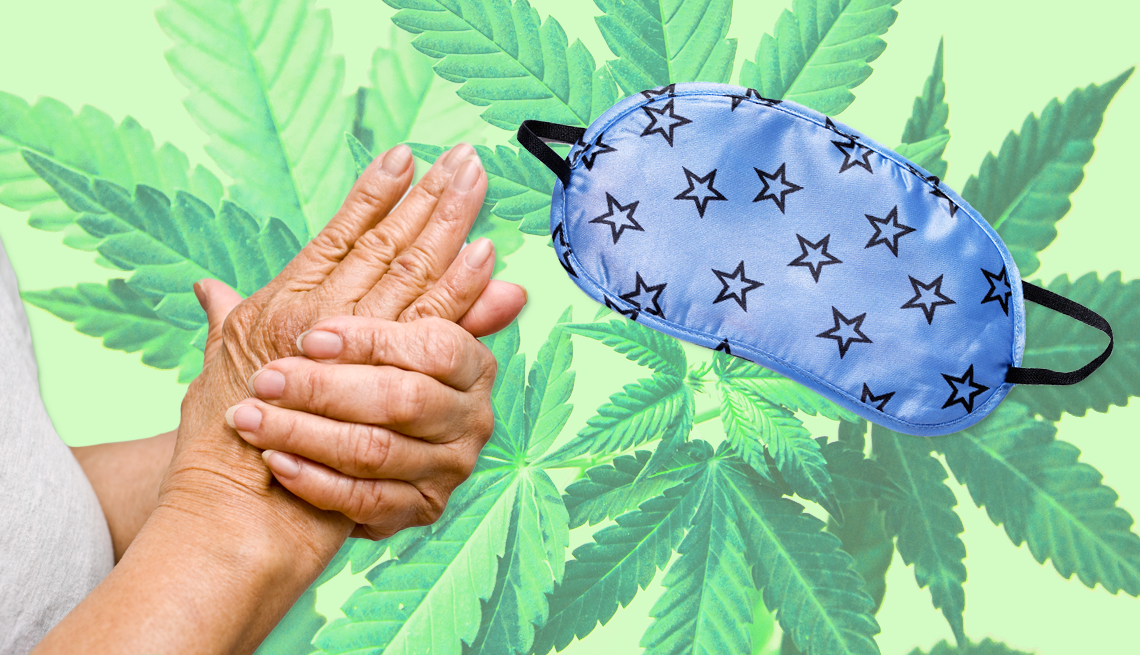

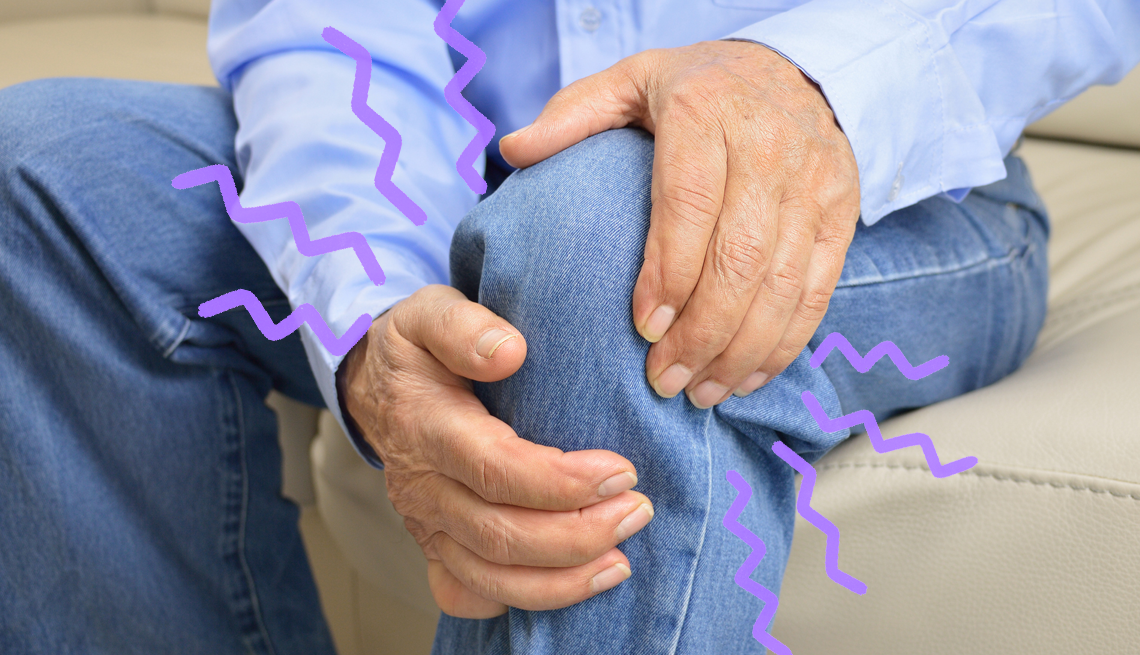

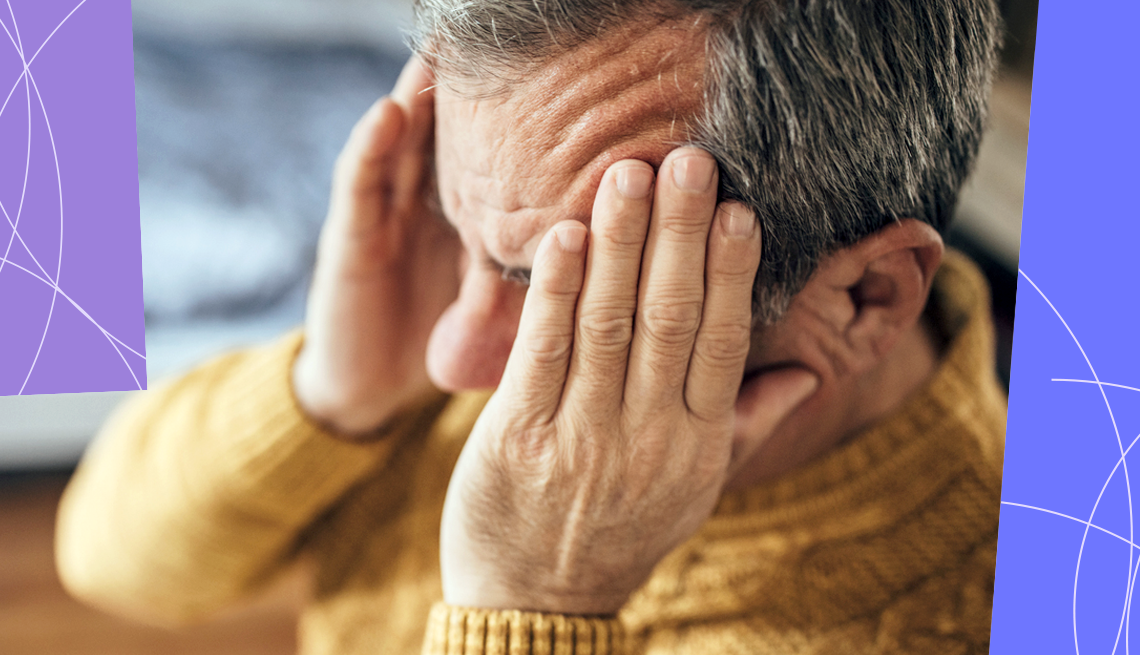
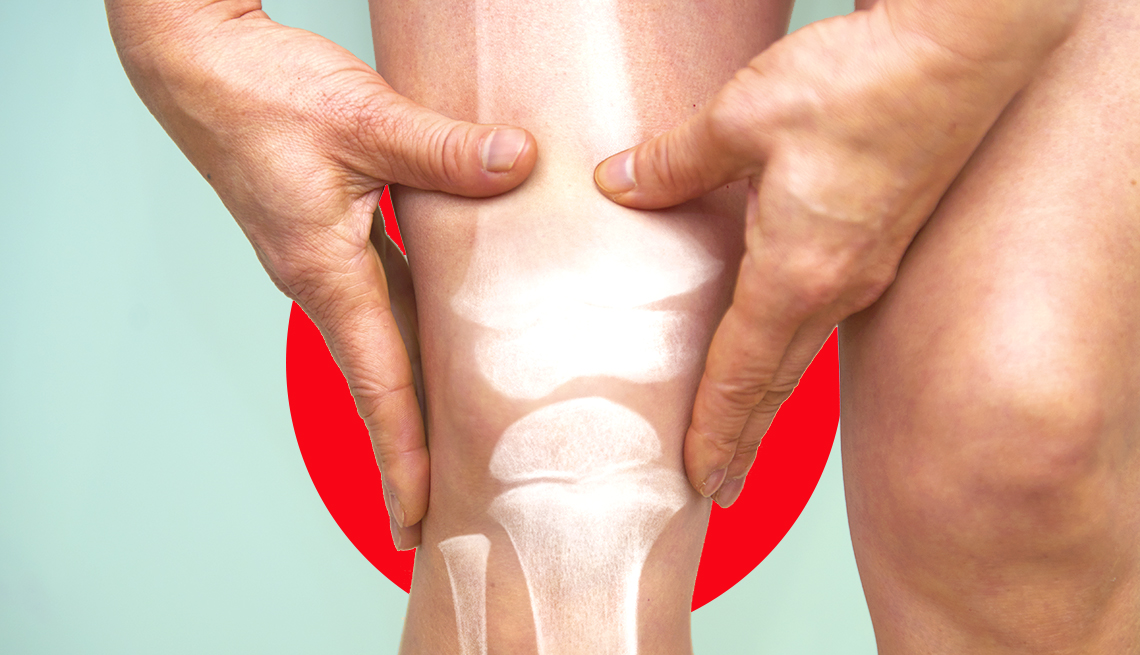




More on Health
The 7 Worst Habits for Your Joints
Everyday actions that can cause inflammation and pain
Does CBD Oil Help With Joint Pain?
What to know about the latest research on the remedy
Many Older Adults Bear Arthritis’s Burden
New CDC report highlights the condition’s prevalence in the U.S.
Try These Tips for Living a Healthier Life
Small changes can add up to big mental and physical results
Recommended for You